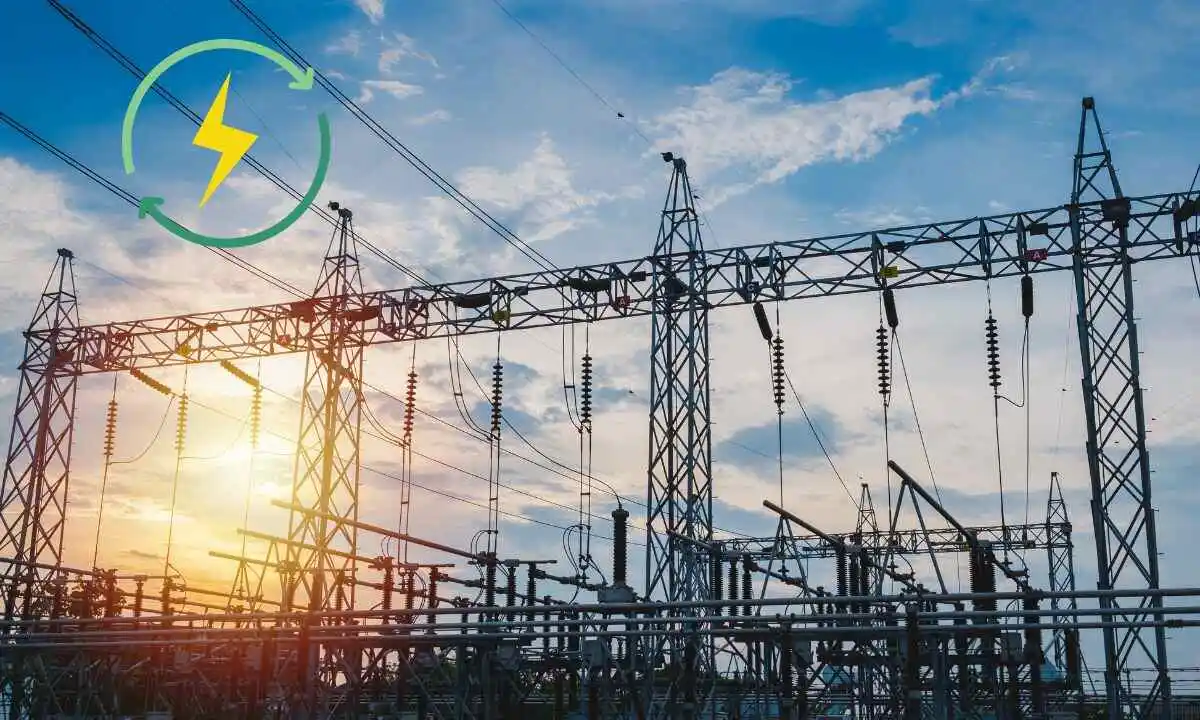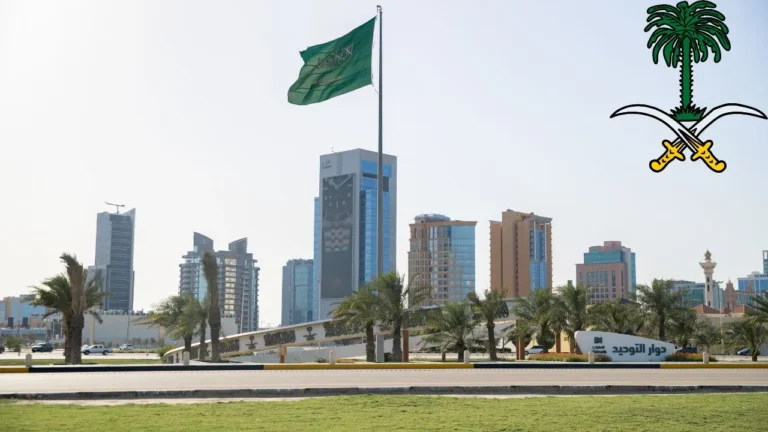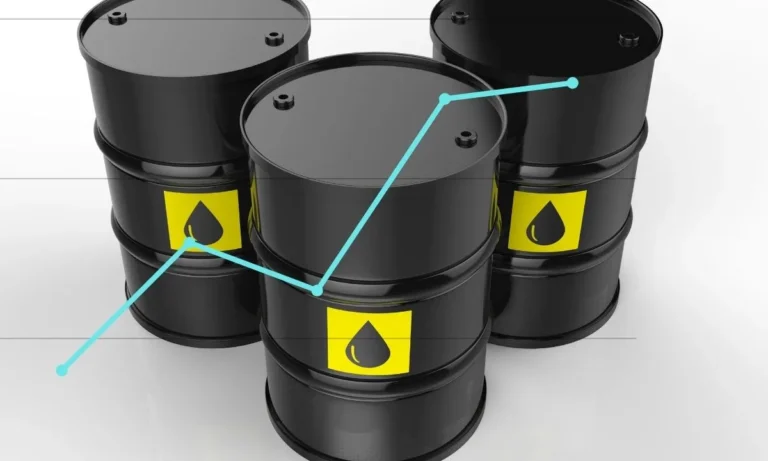CASA-1000 Power Project in Trouble
By Newserman Team
The CASA-1000 project worth $1.2 billion is under hot water, aimed at transmitting clean hydropower from Tajikistan and Kyrgyzstan to Pakistan and Afghanistan. The project has been designed to export 1,300 MW of electricity to Pakistan and Afghanistan.
Both Tajikistan and Kyrgyzstan are to export electricity during the summer season when they have surplus electricity generation from hydroelectric dams.
However, the project is now in hot water due to a formal complaint against the World Bank which is funding the Rogun Dam project in Tajikistan.
Environmental organizations and concerned citizens have alleged that the World Bank has failed to adequately assess the environmental and socio-economic risks.
These risks are associated with the dam, especially its impact on the Amu Darya River, a crucial river for the livelihoods of millions of people in Central Asia.
The Rogun Dam Controversy
The Rogun Dam is currently under construction in Tajikistan that would be electricity source for Casa power import project.
Environmental groups have voiced concerns, alleging the dam could significantly cut the water flows of the Amu Darya River by around 25%.
They are of the view that reduced water flows could potentially causing adverse effects on the lives of up to 10 million people living downstream in Turkmenistan, Uzbekistan, and Afghanista.
While responding to these allegations, the World Bank’s Inspection Panel has registered a formal complaint in April 2024,
It alleged that the Bank’s financing of the Rogun Dam had ignored the aspect of a comprehensive and transparent investigation into the potential negative impacts of the project.
Impact on CASA-1000
The success of CASA-1000 project that is backed by United States (US) as well is dependent on the successful completion of the Rogun Dam to export electricity to Pakistan and Afghanistan.
Casa-1000 electricity project could be at risk if the dam’s construction is halted or delayed due to environmental and socio-economic concerns.
Current Status of CASA-100
As of July 2024, Tajikistan and partner countries had made significant progress to complete the CASA-1000 transmission lines.
Kyrgyzstan has completed 100% of transmission towers whereas Tajikistan also completed 100% of transmission towers. Pakistan had completed 81% of transmission towers whereas Afghanistan 18% of transmission towers.
However, the Afghanistan had halted the construction work in August 2021 due to political instability. It was making efforts now to resume the project with a “ring-fenced” approach. Afghan government is also making efforts to manage all payments and revenue outside of Afghanistan’s interim administration.
Regional Benefits
As the project starts operations after completion, it is likely to export 1,300 MW of clean electricity to Pakistan and Afghanistan.
It will work as energy corridor to enable electricity trade between Central Asia and South Asia.
It will ensure economic dependence through connectivity of energy corridor for economic benefits and reliable access to energy supply for households and business.
It will also become source of revenue generation for war hit country Afghanistan, estimated at $99.1 million from transit fees.
Final Word
The CASA-1000 project promises clean energy for Pakistan and Afghanistan. It will also become source of generating revenue for Central Asian States and connect South and Central Asian regions.
After completion of this project, there will also be other regional projects from other Central Asian States to bring two regions for economic prosperity.KE Wants Consumers to Pay Rs76bn Default Loss





